How to spray roses in spring and autumn from diseases and pests?
The queen of the garden, the rose, is not ignored not only by people. Numerous diseases, pest attacks damage the health and beauty of gardeners' favorite. The rose is especially vulnerable in early spring, since it has weakened over the winter. Therefore, it is very important to process roses with high quality after winter in order to prevent infection of the bushes with infections, to protect against the first hungry pests.
What fungicides to use in spring?
Immediately after opening and sanitary pruning of roses carry out the first treatment against pathogens of fungal diseases. More often the treatment is called "blue spraying", it is carried out with Bordeaux liquid or only 3% copper sulfate. Iron sulfate with the addition of potassium sulfate is also used for prevention (combine 3% and 0.3% solutions, respectively).
Other industrial fungicides are often used.
- "Abiga Peak" inhibits pathogens of powdery mildew, rust, spots, bacteriosis of roses, while it is safe for pollinating insects, beneficial inhabitants of the soil. For spraying, 40 g of the drug is dissolved in 10 liters of water.
- "Oxyhom" - a drug of similar action. Quickly absorbed into tissues without the risk of being washed away by the spring rain. The working solution is prepared from 60 g of the product and 10 liters of water.
- "HOM" prevents the main diseases of roses. It is easily washed off by rain, so it is used when the weather forecast is favorable. Safe for the beneficial residents of the rose garden. The spray solution is prepared from 40 g of fungicide and 10 l of water.
- "Cuprolux" has a high efficiency in the fight against rust, various types of stains, powdery mildew. The composition includes two active substances: cymoxanil quickly penetrates the tissues, copper oxychloride protects the rose from the outside. 25 g of the product is stirred in 10 liters of water and the bushes are treated with a solution.
All drugs are diluted in strict accordance with the instructions, an overdose negatively affects both the condition of the roses and the viability of beneficial insects.
After 15 days, the roses are sprayed again to strengthen the effect of the drugs.
Pest control
Processing has its own characteristics. If the previous season was not marked by an invasion of insects, the bushes do not need to be sprayed. If the attacks were massive, the rose garden is processed, coordinating the time of prevention with the timing of the awakening of pests after winter.
Before blooming, roses are treated from rose aphids and rose sawfly. Spraying shoots with "Fitoverm" or "Iskra-Bio" is effective. Against the rose-colored sawfly, two weeks later, re-treatment with "Aktara" is carried out. From aphids, spraying is repeated at the beginning of bud formation.
In the phase of leaf deployment, shoots are sprayed with "Nitrafen" to protect them from leafworms, and "Fufanon" or "Aktara" are used for shoots from rose leafhoppers.
Treatment against thrips is effective when the soil warms up to + 14 °. First, the soil is spilled with Aktara solution, a week later the bushes are sprayed with Confidor Extra.
Spider mite larvae wake up when the air temperature reaches + 18 ° C. All shoots are sprayed with Iskra-Bio, Vertimek or Akarin.
The amount of chemicals used in the rose garden is reduced by mulching the trunk circle with black material. The soil should be warmed up and dry by this time.
Folk remedies for spring treatment of roses
The use of chemicals for spring treatment of roses effectively solves problems with diseases and pests. But often summer residents try to avoid spraying with potent drugs, especially in cases where roses are grown not only to decorate the garden, but also to prepare medicines or use in cooking.
The problem is solved by time-tested folk remedies with which you can spray roses in spring.
Against powdery mildew
In 10 liters of water, 1 kg of freshly prepared mullein, 200 g of ash are diluted. Insist for a week, stirring occasionally. The finished infusion is filtered, the roses are treated with it at the first manifestations of the disease. Re-processing is carried out in 3-4 days, if the first did not give the expected result. If the disease persists, the ash and manure mixture is alternated with chemical or biological fungicides.
From rust
Even I.V. Michurin used euphorbia, including weed, to fight the disease: he smeared rusty spots on diseased crops with the juice of a freshly plucked plant. To heal a large number of infected bushes, they use a water extract: 1.5 kg of finely chopped stalks, leaves, milkweed roots are poured with warm water (10 liters). After a day, filter, the resulting infusion is sprayed with a rosary.
To prevent the development of fungal diseases, it is important not only to spray roses with special preparations in a timely manner, but also to feed the bushes with potash fertilizers: strong, durable tissues and walls of their cells are too tough for fungal spores.
From pests
The folk experience suggests the following recipes.
- 400 g of tobacco dust or makhorka with 10 liters of water is boiled for about half an hour. Let it brew for 2 days, after which it is filtered through a canvas, 40 g of soap (green or household), dissolved in a liter of water, are added. The mixture is mixed well, sprayed with roses.
- 300 g of onion (garlic) and 400 g of green tomato tops are passed through a meat grinder. The mixture is infused in 3 liters of warm water overnight, filtered. Pour 40 g of liquid soap and bring the volume to 10 liters.
- Grind 200 g of dry (or 600 g of fresh) chilli pepper, add 2 liters of water, cook for 1 hour over low heat. Infuse the broth for another 2 days, filter, add water to a volume of 2 liters. The solution is very strong, before use it is diluted with water 1:10, soap is used for adhesion.
- Dry wormwood (1.5 kg) or yarrow (1 kg) is insisted in 10 liters of water for 2 days in a dark place, filtered. Before spraying, 40 g of liquid detergent is added to the solution.
- Fresh horse sorrel roots (200 g) are finely chopped, infused for 2 hours in 10 liters of warm water. After filtering, add soap (40 g).
The above universal recipes can be used to process roses from early spring, from the moment of opening, until late autumn.
Soil disinfection
If fungal diseases of roses are repeated from year to year, it is worth thinking about disinfecting the soil: often it is its infectious background that favors the defeat of the bushes.
Biological methods
Soil cultivation with biological agents begins in the fall and is repeated in the spring, when the snow melts and the weather is warm. The preparations "Baktofit", "Trichodermin", "Fitosporin", "Fitotsid-M" show high efficiency - they are added to the top layer of soil after digging.
Chemical methods
They are resorted to if biological agents are ineffective. They are introduced in April in dry weather, burying 5-10 cm into the soil.To treat the soil, the following preparations are suitable:
- copper oxychloride - 4% solution;
- Oxyhom - 2%.
Chemicals are used very carefully, since they negatively affect the beneficial soil microflora.
Agrotechnical disinfection
Natural disinfection of the soil in the rose garden is successfully performed by ordinary garden or garden plants: marigolds, calendula, sage, mustard.
After removing the shelter, as soon as the weather permits, seeds of disinfecting plants are sown in the stem circles of roses.If they are supposed to disturb the harmony of the rose garden, the seedlings are allowed to grow green and root mass, and then cut to the root. All leftovers are left under the bushes as natural summer mulch.
What to do, if…
... After wintering, did you find mold spots, often at the grafting site? The site of the lesion is immediately treated with strong potassium permanganate - dark pink. Then the site is treated with copper sulfate (10 g of powder per 1 liter of water).
... Have brown-pink spots on the shoots in the spring? This is the initial stage of an infectious burn (stem cancer). Soon the bark will begin to dry out and become covered with cracks. All affected shoots are cut out to healthy tissues, sections and the whole bush are treated with Kuprolux. Small lesions are cleaned with a knife, treated with potassium permanganate or ointment containing an antibiotic (for example, tetracycline), and sealed with an ordinary plaster.
... The terms of treatment against diseases and against pests coincided - is it possible to combine spraying? In this case, a tank mix is made up of compatible fungicides and insecticides. The possibility of combining drugs is described in the instructions attached to them.
Bordeaux liquid, copper oxychloride and preparations based on it are definitely not combined with insecticides.
Experienced gardeners claim that strong rose bushes growing in the most suitable conditions and with full adherence to the rules of agricultural technology, independently fight diseases, are less susceptible to insect attacks. If diseases and pests have intensified due to atypical weather conditions for the area, it is enough to dust all the bushes with wood ash.
Roses require attention, they are queens. But the splendor of the bloom and the scent more than reward the rosomaniac for the care and time spent.
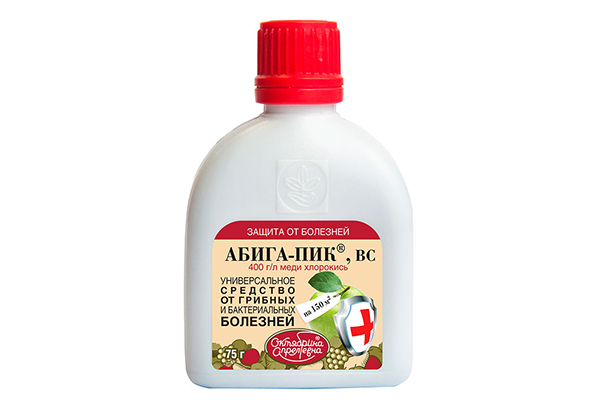
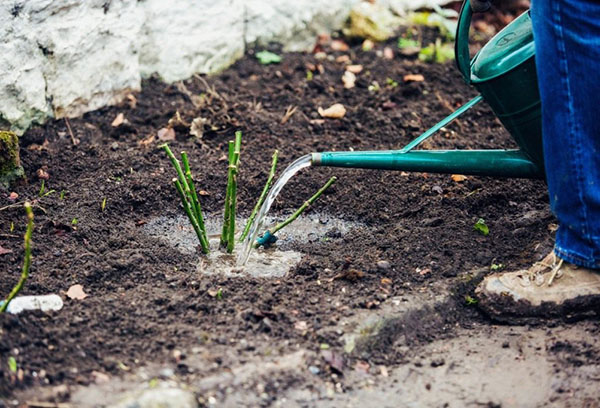
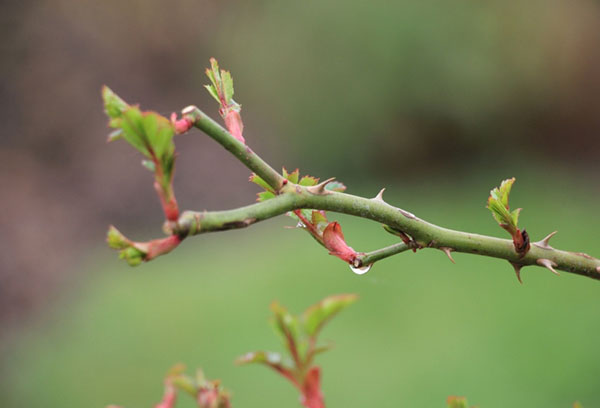

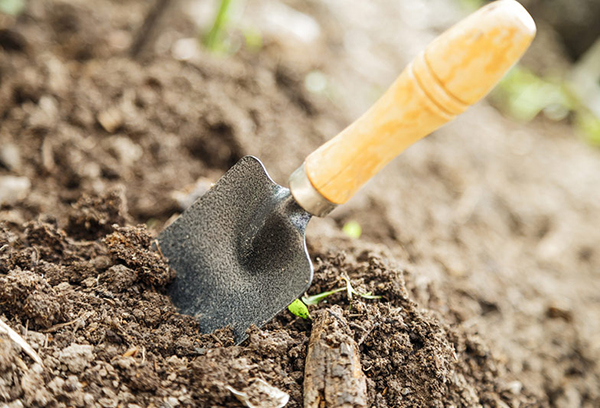
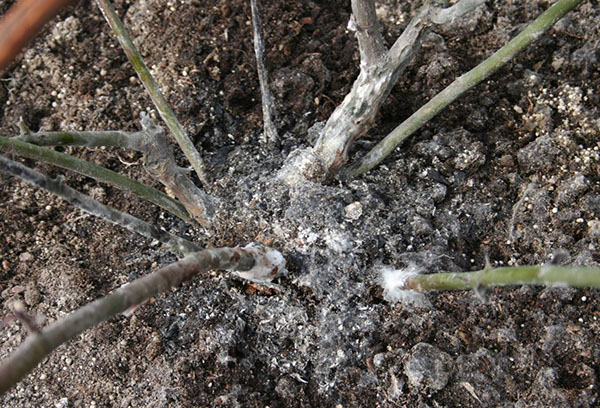
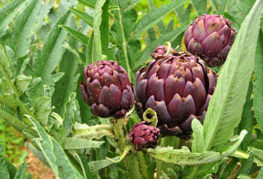
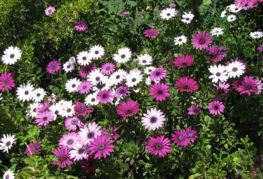
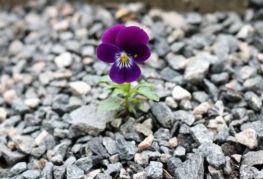
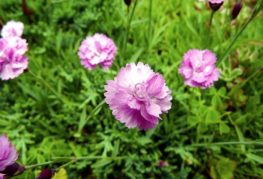
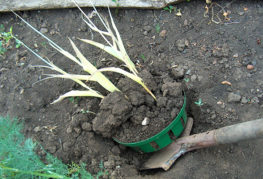
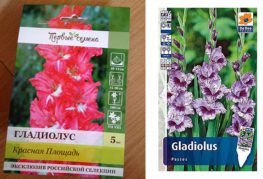
and will be published shortly.